
Retailer and supplier: finding the balance
Collaboration between retailers and suppliers is more than just a business relationship—it’s a strategic alliance that determines the success of both parties. In today’s economy, where competition is becoming increasingly intense, such partnerships play a critical role in achieving sales and profitability targets.
However, finding a balance between the interests of retailers and suppliers is no easy task. On one hand, retailers aim to maximise the efficient use of shelf space and boost category profitability. On the other hand, suppliers are focused on promoting their products and increasing their presence on store shelves. This raises a logical question: how can these interests be aligned to create a win-win scenario for both sides?
In this article, we will explore the key challenges that arise in the collaboration between retailers and suppliers, break down stereotypes related to merchandising, and propose solutions to help both parties achieve their goals. Particular attention will be given to the role of merchandising as a tool for influencing customer choices and optimising shelf space management.
However, finding a balance between the interests of retailers and suppliers is no easy task. On one hand, retailers aim to maximise the efficient use of shelf space and boost category profitability. On the other hand, suppliers are focused on promoting their products and increasing their presence on store shelves. This raises a logical question: how can these interests be aligned to create a win-win scenario for both sides?
In this article, we will explore the key challenges that arise in the collaboration between retailers and suppliers, break down stereotypes related to merchandising, and propose solutions to help both parties achieve their goals. Particular attention will be given to the role of merchandising as a tool for influencing customer choices and optimising shelf space management.
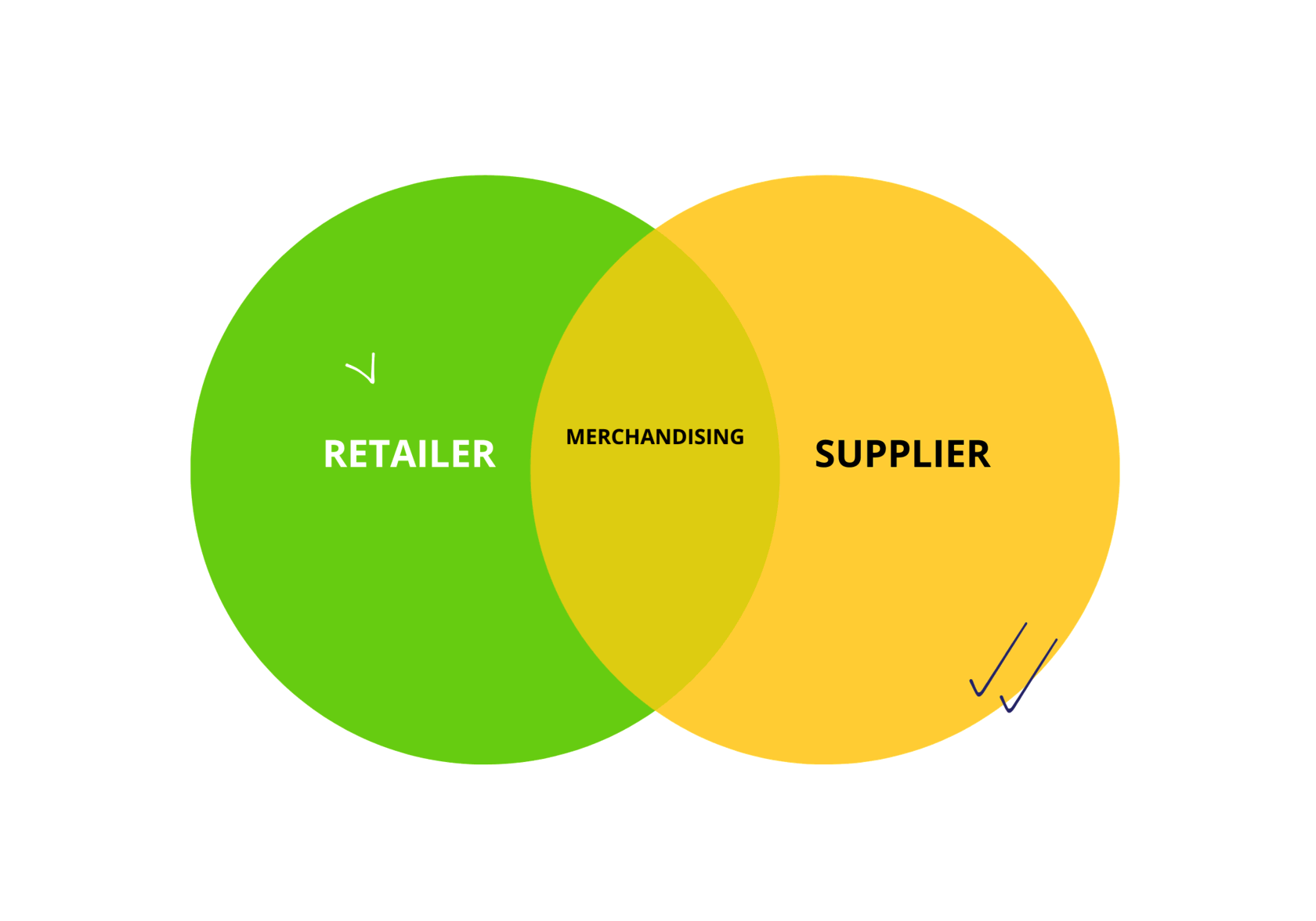
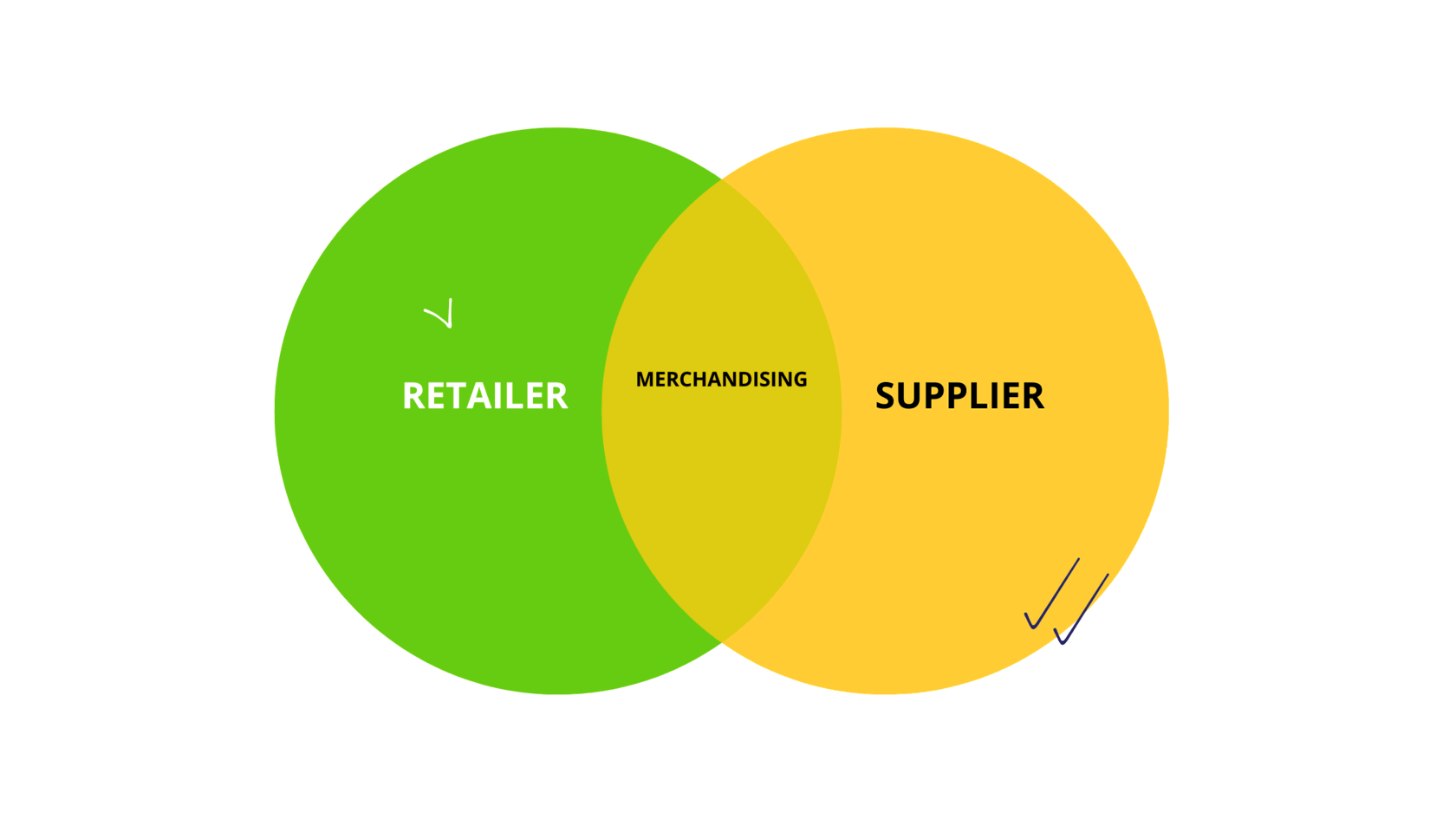
Merchandising: the intersection of interests
Merchandising plays a central role in the relationship between retailers and suppliers. Its primary goal is to influence customer choices within the store. While retailers view merchandising as a way to maximise profit per square meter, suppliers see it as a means to increase product visibility and boost sales.
However, merchandising is often underestimated in practice. Some retailers perceive it as merely a technical function—a tool for creating planograms and managing inventory. This narrow perspective limits the potential of merchandising, reducing it from a profit driver to a cost line item.
However, merchandising is often underestimated in practice. Some retailers perceive it as merely a technical function—a tool for creating planograms and managing inventory. This narrow perspective limits the potential of merchandising, reducing it from a profit driver to a cost line item.
For suppliers, merchandising is an opportunity to shape how customers perceive their products and secure prime shelf placement. International companies have long incorporated this tool as a key part of their strategy. Local suppliers, on the other hand, often face challenges due to weaker negotiating power or a lack of knowledge about how to effectively influence product placement.
To strike a balance, it’s essential to understand that merchandising is not a zero-sum game. When organised properly, it can increase profits for both parties while creating a positive shopping experience for customers.
To strike a balance, it’s essential to understand that merchandising is not a zero-sum game. When organised properly, it can increase profits for both parties while creating a positive shopping experience for customers.
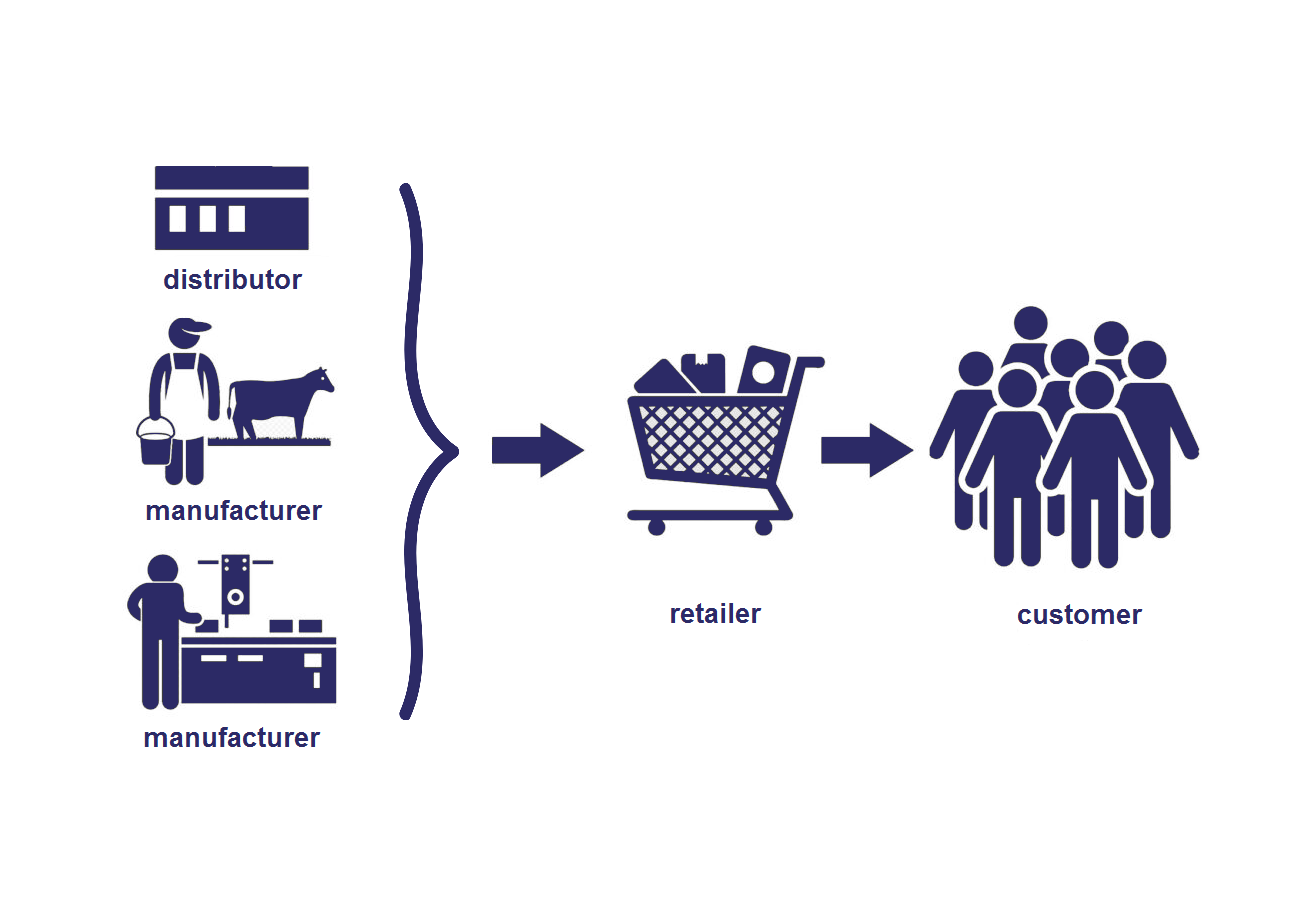
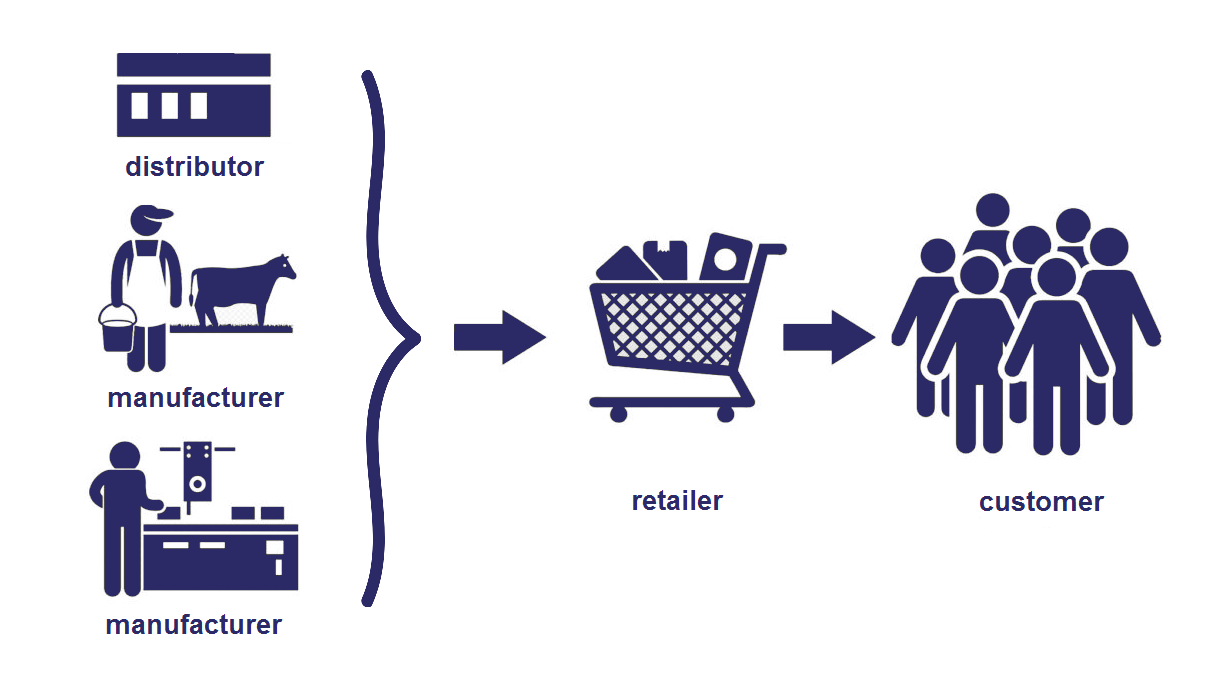
Key challenges in retailer-supplier relationships
In the interaction between retailers and suppliers, several points of disagreement need to be addressed to achieve mutual benefits. Here are the key challenges:
Retailers often insist on having full control over product displays. This creates tension, as suppliers want to influence the placement of their products to ensure visibility and accessibility for customers. The balance can be achieved through joint planogram approval and testing pilot projects to determine the most effective solutions.
Control over product placement
Retailers may fear that suppliers’ proposals are driven solely by their own interests. For example, increasing sales of a specific brand might not always benefit the overall profitability of the category. The solution lies in transparency and piloting initiatives that demonstrate value for both parties.
Lack of trust
Local and smaller suppliers often lack the expertise and tools needed to create effective product displays. Competing with larger brands—who have the resources and experience to conduct analytics and implement merchandising solutions—can be particularly challenging for them.
Limited resources for suppliers
With the rise of category management, retailers are increasingly acquiring expertise that was previously the domain of suppliers. This reduces their reliance on manufacturers’ insights, compelling suppliers to find new ways to add value to the partnership.
Shift in expertise ownership
Addressing these issues requires open dialogue and flexibility from both sides. Retailers and suppliers must view each other as partners rather than competitors, focusing on their shared goal: improving customer satisfaction and boosting profitability.
Overcoming these challenges
In retailer-supplier relationships, many stereotypes hinder effective collaboration. Here are some of the most common ones:
- Merchandising is purely a technical function: merchandising is often seen as a task limited to placing products on shelves. In reality, it plays a strategic role in increasing sales and influencing customer choices. It’s important not to reduce merchandising to routine work but to view it as a tool for achieving financial goals.
- The role of planograms is limited to stock optimisation: some believe planograms are only meant to simplify staff operations. In fact, they serve as a foundation for managing assortments, optimising space, and enhancing the customer experience.
- Suppliers cannot influence the shelf: local suppliers often assume that retailers have complete control over shelf space. However, practice shows that through negotiations, sharing expertise, and piloting projects, suppliers can make significant contributions to shelf optimisation.
- Merchandising management is solely the retailer’s responsibility: effective shelf management is a shared responsibility. Suppliers can provide valuable data on categories, trends, and customer preferences, helping retailers make more informed decisions.
Overcoming these stereotypes requires a shift in how merchandising is perceived. Openness, data-driven insights, and collaborative efforts can make the process more productive and beneficial for both parties.
Stereotypes about merchandising
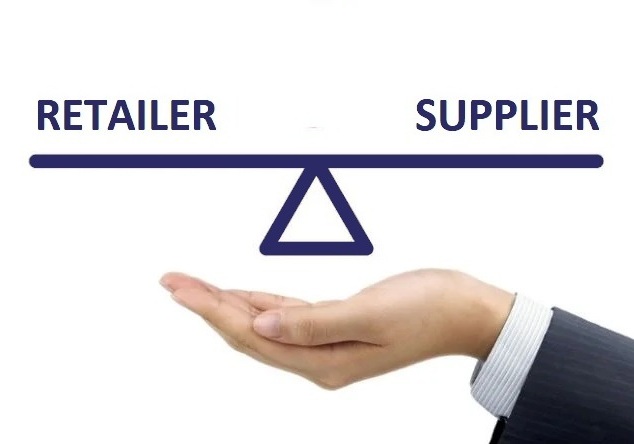

Solutions for achieving balance
Effective collaboration between retailers and suppliers is only possible through the implementation of joint initiatives and the pursuit of compromises. Here are a few solutions to help achieve balance:
Joint training sessions and the exchange of data on sales, categories, and consumer preferences enable retailers and suppliers to better understand each other and adjust their strategies accordingly. For example, a retailer can share insights about hot zones within the store, while a supplier can provide information on new products and trends within the category.
Sharing expertise
Testing new planograms or promotional campaigns at a limited number of retail locations allows both parties to assess their effectiveness and address potential issues before full-scale implementation. This approach reduces risks and helps both retailers and suppliers make more informed decisions.
Pilot projects
Creating planograms based on data and analytics ensures the interests of both parties are addressed: retailers benefit from increased profitability, and suppliers achieve better product visibility. It’s essential for these planograms to be grounded in customer behavior and tailored to meet their needs.
Developing joint planograms
Regular meetings and discussions help eliminate misunderstandings and develop strategies that benefit both parties. For instance, holding monthly feedback sessions allows for timely adjustments to joint actions and helps prevent conflicts.
Transparency and openness
The use of modern technologies, such as shelf management systems and analytical platforms, enhances decision-making accuracy and reduces implementation time. For example, automated planograms allow for instant adjustments to assortments and improved product placement.
Retailers and suppliers who view each other as partners rather than competitors are more likely to succeed. Collaborative efforts to improve merchandising and assortment management create value not only for the business but also for the end customer.
Retailers and suppliers who view each other as partners rather than competitors are more likely to succeed. Collaborative efforts to improve merchandising and assortment management create value not only for the business but also for the end customer.
Integration of digital solutions
Collaboration between retailers and suppliers is the key to the successful growth of the retail business. Despite existing challenges, a strategic approach based on open dialogue, data sharing, and joint initiatives helps balance interests and build long-term partnerships.
Merchandising, as one of the primary tools for influencing customer choices, plays a crucial role in achieving shared goals. Proper organisation not only boosts profitability but also creates a positive shopping experience, ultimately strengthening the competitive positions of both parties.
By investing in mutual trust and efficiency, retailers and suppliers can not only tackle current challenges but also adapt to market changes, enhancing their positions and laying the foundation for sustainable growth.
Merchandising, as one of the primary tools for influencing customer choices, plays a crucial role in achieving shared goals. Proper organisation not only boosts profitability but also creates a positive shopping experience, ultimately strengthening the competitive positions of both parties.
By investing in mutual trust and efficiency, retailers and suppliers can not only tackle current challenges but also adapt to market changes, enhancing their positions and laying the foundation for sustainable growth.
Conclusion
Tilda Publishing